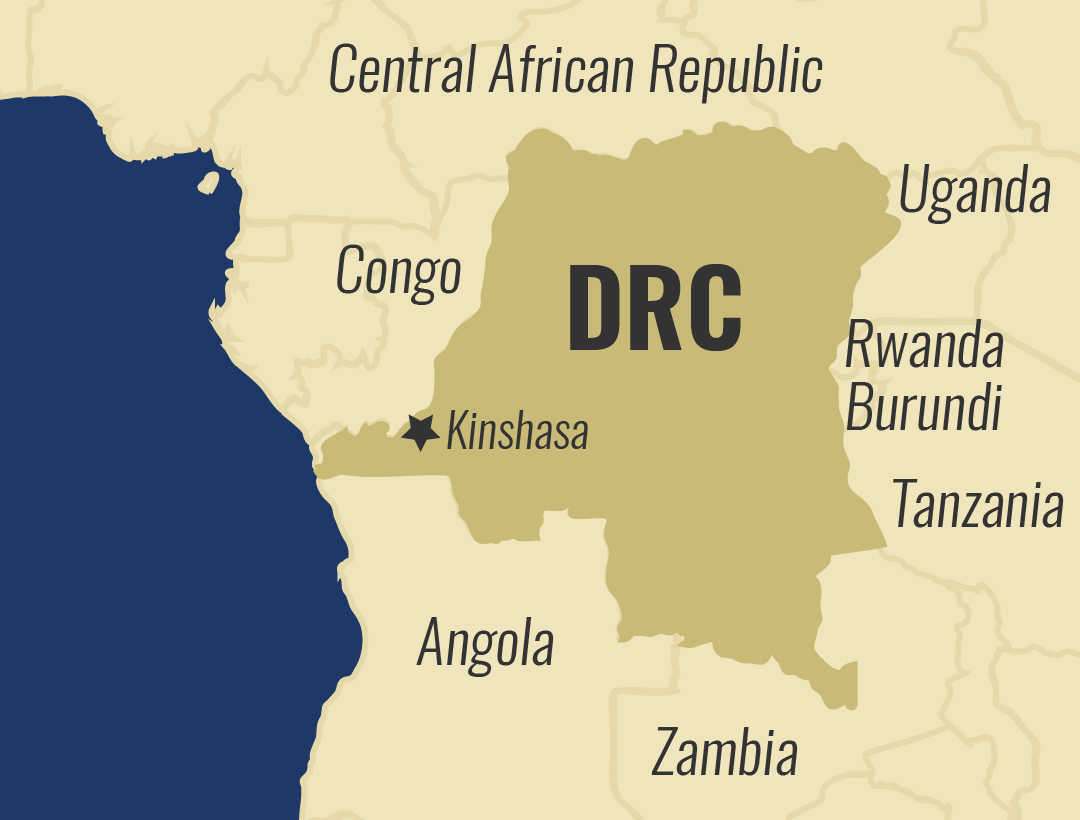Faces of Africa – A Nation in a Blanket
In the mountain kingdom of Lesotho, enclosed on all sides by South Africa, Basotho blankets are a common part of daily wear. The colorful blankets not only act as a barrier to the cold, but also as a status symbol and cultural identification. These blankets are an essential part of all important life events in both urban and rural settings.

These blankets are built to last a lifetime. Traditionally Basotho blankets are manufactured from wool which offers protection from the wind and rain and provides warmth in the high altitude of The Mountain Kingdom.
For two Lesotho women, Elizabeth Masetho and Libuseng Titi, these blankets mean more to them than just a beautiful cover up.
Elizabeth Masetho, works as a waitress and a cultural activist in Semonkong lodge, she gives presentations on the history and meaning of the Basotho blankets. Libuseng Titi is a blanket designer who runs her own blanket store. Each of these women in their own way strives to keep the culture of Basotho blankets alive.

According to local legend, the first blanket was given to King Moshoeshoe sometime in the 1870s by a British trader only known as “Mr. Howell” The king started wearing it around his shoulders in the same way the indigenous groups of Southern Africa had traditionally worn animal skins against the cold. Skins had however become harder to find because of population growth, hunting and animal epidemics at the time. Needing protection in a chilly climate, Moshoeshoe’s subjects soon imitated him – and the stamp of royal approval put the Lesotho tradition in motion.

Basotho blankets come in three different classes, ranging from acrylic to the Royal Quality ones made of pure wool and cotton. Nearly all of Elizabeth’s blankets are first class ones – such as the Moshoeshoe blanket, named after the founder king. The relationship between Britain and Lesotho is reflected in the so-called “Victoria England” series of blankets, first released in 1897 to mark Queen Victoria’s diamond jubilee.
The most popular Victoria England blanket is the Spitfire – this blanket was introduced after the Basotho people had collected enough money to pay for 25 Spitfire planes that flew for the Royal Air Force during World War 2.
“You have to know the history behind each pattern and why is that pattern there and what happened in Lesotho, You have to know your history in order to understand your future,” says Elizabeth as she explains the various blankets.

The blanket’s measurements (155cm x 165cm) are smaller than the traditional blanket, making it a garment. Although the blanket can be worn across the shoulders or waist, men will pin the blanket on their shoulders while women will pin it across their chest. There are three grades of blankets made. The highest status Basotho blanket is the Seanamarena, which means ‘to swear by the King.’ It classically features customary insignias.
These blankets have a deep cultural significance and history. The world renowned Basotho tribal blankets distinguish this nation from others by the way in which the blankets are worn as part of their everyday life. The designs have been developed over many years with the blessing of the Lesotho Royal Family.
“You have to know the history behind each pattern and why is that pattern there and what happened in Lesotho, You have to know your history in order to understand your future,” says Elizabeth.

What makes the Basotho blankets unique is the layout of the design, the various symbols used, the bold color combinations and the characteristic pin-stripe. This stripe was originally a weaving fault which has become a unique part of the design and dictates how the blanket is worn. When worn in the traditional manner, the pin-stripe runs vertically symbolizing growth.





